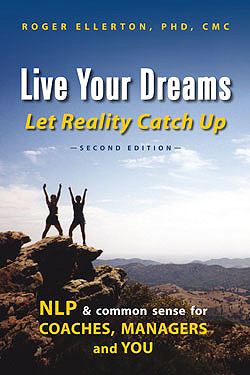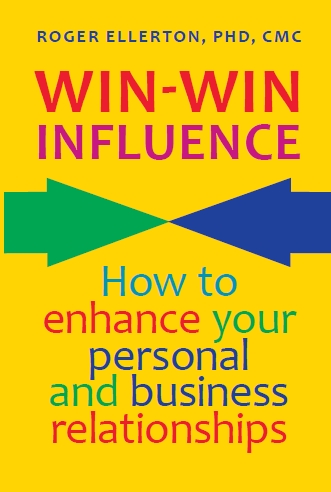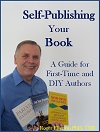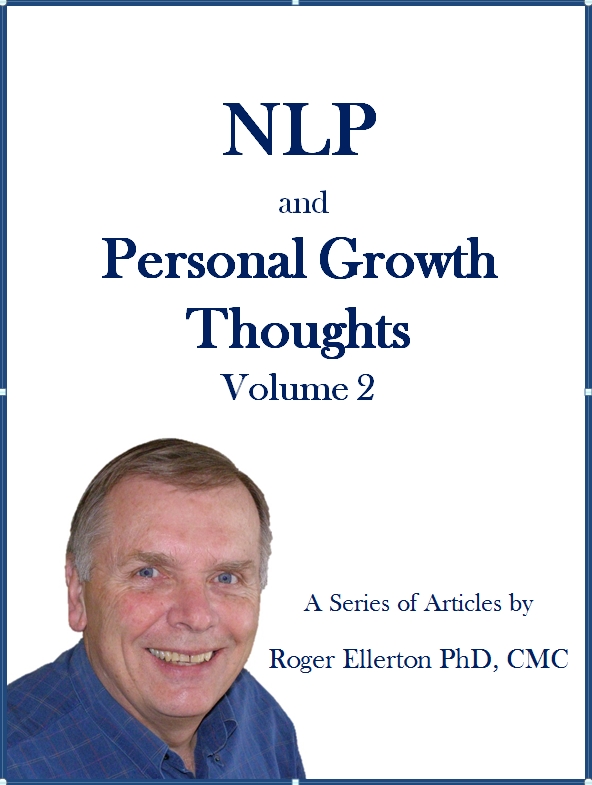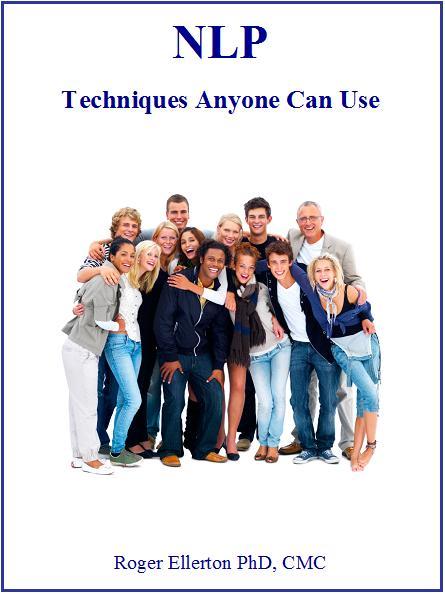Double Binds
By Roger Ellerton Phd, ISP, CMC, Renewal Technologies Inc.
This article may not be republished without written permission from Roger Ellerton/Renewal Technologies Inc. If you republish this article without permission, you will be in violation of copyright law and sent an invoice. You may share this and other pages with your friends by linking directly to this page from your website or blog.
Double binds occur frequently in everyday life. A double bind occurs when we believe we have only two choices available to us. This perceived boundary - based on our beliefs and values about ourselves, about others or about the world around us - is actually an illusion as we always have more than two choices.
Sometimes the double bind restricts us from achieving our full potential. For example, a person who hates his job chooses to maintain his current situation because he sees only two choices - stay with his current job or be unemployed - a limitation imposed by his beliefs about his skills and abilities.
Other times a double bind gives us choice when we feel stuck or are in a space of no choice. A coach may say to a client, "Would you like to begin addressing your issue now or after you have read the next paragraph?" If the client accepts this limitation of choices, she will address her issue, the only question is when.
A double bind can also be used during a negotiation to assist the other party to move to a negotiated agreement or to focus on one of two acceptable alternatives. A parent can assist their child to go to bed at a reasonable hour with less fuss by asking, "Would you like to go to bed now or after daddy reads you a story?" Note: pick an activity that does not get the child overly excited and then has trouble settling down. Children often like to feel they have some choice over their activities. Notice the illusion that there are only two possibilities, when many others exist.
The key to double binds is to realize that they are an illusion. There are always other choices, if you take time to explore the beliefs and values that hold the illusion in place. The world you live in is an illusion based on what you believe is real/possible or not possible. Someone else standing in your shoes with exactly the same skills and with different beliefs about themselves and the world around them would see very different possibilities.
In the following examples of double binds, notice how the person's thinking has been restricted, also notice which ones play a role in your life and which ones are useful:
- A couple are out on a date having a great time. Towards the end of the evening, the man says, "Your place or mine?" The implication is sexual relations at one of these places. Depending on her beliefs (about herself, how men and women interact), her values, etc., she may find herself in a dilemma - feeling that she has to choose between these two choices, when in fact lots of other choices are available to her: "Let's go for a coffee and talk about what we would like to do tomorrow." or simply, "I choose to go home by myself."
- A woman believes that if her husband really loved her he would know what to buy her for her birthday. If he asks, he is in trouble and if out of all of the gifts that are possible, he chooses the wrong one, he is also in trouble. Notice how the woman's belief has set this up and that she is making herself a victim of her husband's actions no matter what he does.
- A therapist may assist her client to gain a more expansive view of the world so that he sees a more palatable and healthy choice than the only choice he was aware of until now.
- At one time or another, we have been subjected to bureaucratic red tape. On two occasions, I have used the following process to get resolution when others have said it was not possible. Each time I talked with someone, I was pleasant, explained my issue and asked for help resolving it. If the problem was not resolved, I documented the conversation and asked for the name of someone more senior who could assist me. On two occasions (different companies), I had written to the President with no success. I then obtained the names of the members of the Board of Directors (both were public companies), wrote a brief covering letter and attached my documentation that clearly indicated the situation was not resolved and the inappropriate actions/decisions that had been taken. My concluding sentence in each letter was the following, "Either you fully support how this has been handled, in which case do nothing, or commit to getting a mutually acceptable resolution." Notice how I associated doing nothing with support for how things had been handled and created the illusion that there were only two choices.
- Sometimes we create internal conflict for ourselves, by seeing two desires as mutually exclusive: e.g. Successful career vs. freedom to do what I want or committed relationship vs. maintaining my individual identity. An NLP parts integration can be used in these situations to resolve the conflict and to become aware that both are possible.
If you find yourself seemingly trapped in a double bind, realize there are always other choices, you just need time or assistance to discover them. In some cases, you can do this yourself, other times you may need the assistance of a professional.
Author: Roger Ellerton is a certified NLP trainer, certified management consultant and the founder and managing partner of Renewal Technologies. The above article is based on his book Live Your Dreams Let Reality Catch Up: NLP and Common Sense for Coaches, Managers and You.
Copyright © 2006, Renewal Technologies Inc. All rights reserved.

